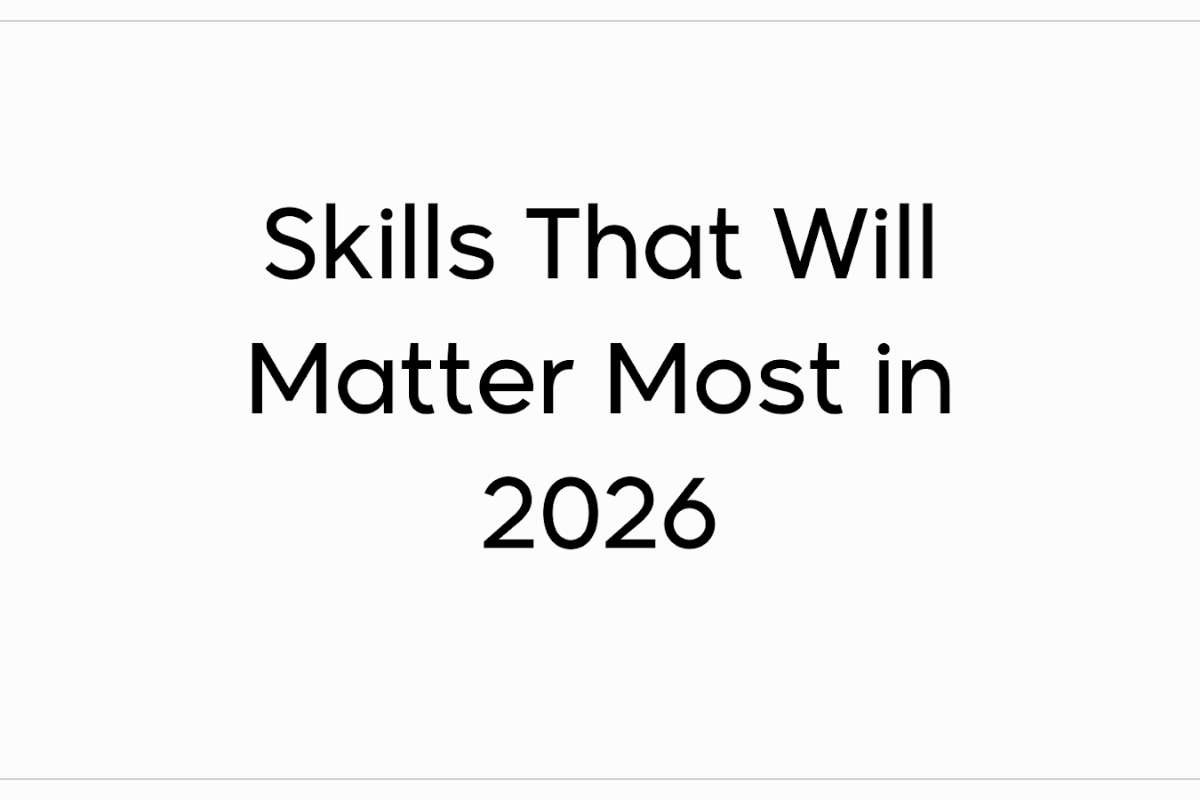Employee engagement influences productivity, retention, and workplace culture. Yet many organizations measure it through occasional surveys or isolated reports, which only provide a partial view. Engagement shifts constantly, shaped by workload, recognition, communication, and leadership support. To understand these changes, leaders need tools that gather, organize, and display data in real time. Thrivea HRIS software makes this possible by connecting engagement signals with other workforce data in one system.
This article explores how HRIS for employee engagement provides crucial insights that help organizations better support their employees.
1. Tracking Shifts in Sentiment
Engagement often shows up first in small shifts in employee sentiment. A drop in survey scores, a decline in meeting participation, or fewer contributions to team projects can all be early signs. An HRIS should make those signals visible.
By connecting short surveys or check-ins with employee records, the system helps managers see when morale begins to dip. This allows for quick action before issues grow. Leaders can respond with support, clearer communication, or adjustments to workload.
2. Connecting Engagement with Performance

Engagement and performance are linked, but not always in obvious ways. A team might meet goals while morale falls, or engagement may rise before productivity does. An HRIS should place both sets of data side by side.
When managers see engagement scores next to performance trends, they gain context. If results improve after recognition programs expand, leaders know those efforts matter. If performance holds steady while engagement drops, the system signals that burnout risk may be near. This connection helps guide practical action.
3. Highlighting Recognition and Feedback Patterns
Recognition plays a central role in engagement. Employees who feel acknowledged are more likely to stay committed to their work. An HRIS for employee engagement should track how often recognition and feedback are given and how employees respond.
This information helps managers identify gaps. If some teams receive regular acknowledgment while others rarely do, leaders can act to balance the culture. By making recognition patterns visible, the system supports a fairer and more consistent experience.
4. Revealing the Impact of Workload

Heavy or uneven workloads can lower engagement quickly. Employees who carry too much responsibility may feel undervalued, while those underused may lose focus. An HRIS should provide a clear picture of workload distribution.
This view might include time-off requests, overtime hours, or project assignments. By linking this information with engagement data, leaders can see where pressure is highest and whether it affects morale. This insight supports fairer planning and reduces the risk of burnout.
5. Showing Trends Across Locations and Teams
Engagement can vary widely across departments or offices. Remote teams may face different challenges than on-site staff, and new hires may experience engagement differently than long-term employees. An HRIS should make these differences clear.
When data is centralized, leaders can compare engagement across groups. If one department reports lower scores, managers can review their practices. If certain teams maintain strong engagement during stressful periods, their habits can be shared more widely. This view ensures that engagement is not treated as a single number but as a set of patterns across the organization.
6. Supporting Transparency and Trust
Employees want to know their feedback matters, and an HRIS for employee engagement should support that transparency by linking feedback directly to outcomes. If surveys reveal concerns about communication, and leaders respond with new processes, the system should reflect those changes.
When employees see their input lead to action, trust builds. This trust encourages more open feedback, which improves the quality of engagement data over time. Without this cycle, surveys can feel like empty exercises.
7. Helping Leaders Plan Ahead

Engagement data is most valuable when it supports planning, not only reflection. An HRIS should help leaders forecast how changes in structure, workload, or leadership might affect morale. This requires tracking engagement consistently and connecting it with broader organizational metrics.
With this insight, leaders can prepare for transitions with clarity. Whether hiring, restructuring, or launching new projects, they can predict engagement challenges and address them early.
Final Thoughts
An HRIS for employee engagement does more than just store records. It should offer a clear view of how employees feel about their work and connect those insights to performance, workload, and recognition. When engagement data is visible and linked to daily operations, decisions become more informed and responsive. With the right system in place, organizations can act before morale fades and create a culture where employees feel supported and valued.


















